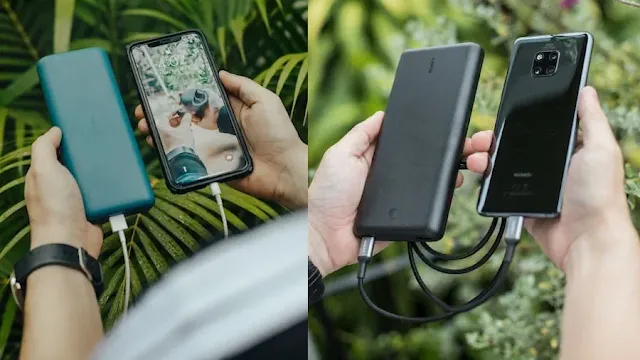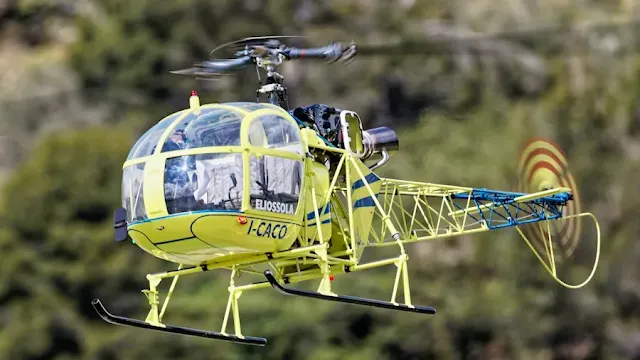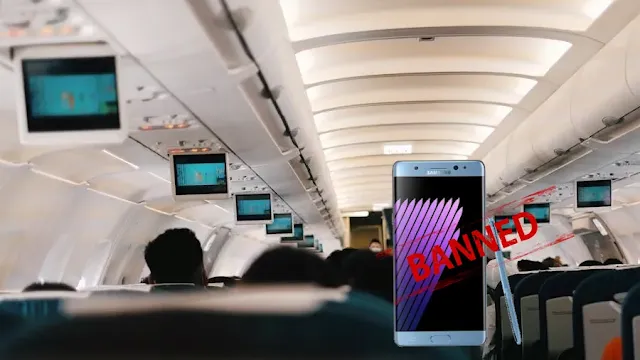Guidelines for Carrying Power Banks on Flights in India
In the age of digital connectivity, power banks have become indispensable travel companions, keeping our devices charged during long flights and layovers. However, when it comes to carrying power banks on flights within India, there are specific guidelines set by airlines such as Air India, Vistara, and IndiGo that travelers need to be aware of. Understanding these rules can ensure a hassle-free journey through the skies of India.
IATA Dangerous Goods Regulations
Is 20000mah power bank allowed in India flight?
In India, carrying a 20000mAh power bank on flights is generally allowed, but it's subject to specific airline regulations. Most Indian airlines, including Air India, Vistara, and IndiGo, permit power banks in carry-on luggage only, with a capacity limit up to 160 watt-hours. A 20000mAh power bank typically falls within this limit, assuming a standard voltage of 3.7V, equating to approximately 74 watt-hours. However, passengers are advised to check the watt-hour rating (mAh/1000 * voltage) of their power bank and consult with their airline for approval if necessary, to ensure a smooth travel experience without any hitches.
Air India
Air India, the flag carrier of India, permits passengers to carry power banks in their carry-on luggage. However, these power banks must adhere to certain specifications:
- The capacity of the power bank should not exceed 160 watt-hours.
- Power banks with a capacity of more than 100 watt-hours but less than 160 watt-hours require airline approval before they can be carried onboard.
- Power banks exceeding 160 watt-hours are strictly prohibited.
- Power banks should not be used to charge devices during the flight and must be protected from short circuits.
Vistara
Vistara, known for its premium service, also allows power banks in hand baggage with similar restrictions:
- Power banks must only be carried in hand luggage, with a maximum allowed capacity of 160 watt-hours.
- For power banks between 100 and 160 watt-hours, prior approval from the airline is needed.
- Any power bank above 160 watt-hours is not permitted on board.
- Proper measures should be taken to prevent short circuits, such as keeping the power bank in its original packaging or using protective covers.
IndiGo
IndiGo, India's largest airline by passengers carried, aligns closely with the regulations of Air India and Vistara:
- Passengers are allowed to carry power banks in their carry-on bags only.
- The capacity limit for power banks is up to 160 watt-hours, with those between 100 and 160 watt-hours requiring prior airline approval.
- Power banks over 160 watt-hours are banned on IndiGo flights.
- To prevent short circuits, passengers must take precautions such as using insulating tape over the terminals or carrying the power bank in protective cases.
General Guidelines for All Airlines
Regardless of the airline, the general rule of thumb for carrying power banks on planes in India is to pack them in your carry-on luggage. This ensures that in the unlikely event of a power bank malfunctioning, the issue can be quickly addressed by the cabin crew. It's also crucial to note that spare batteries, including power banks, are not allowed in checked luggage due to safety concerns over potential short circuits and fire hazards.
Tips for Travelers
- Always check the capacity of your power bank before packing it for your flight.
- Ensure your power bank is in good condition, without any signs of damage.
- Keep your power bank in an easily accessible place in your carry-on, in case airport security needs to inspect it.
Traveling with power banks on flights operated by Air India, Vistara, or IndiGo is permissible, provided you follow the specific guidelines laid out by each airline. By staying informed about these regulations, you can ensure that your essential devices remain charged throughout your journey, allowing you to stay connected and entertained, no matter where you are headed in the vibrant and diverse landscapes of India.






